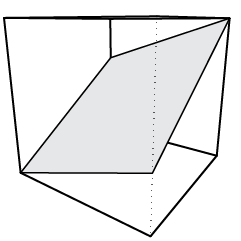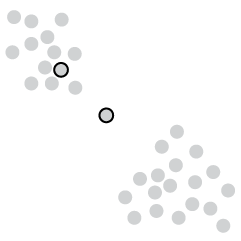A title drop is when a movie mentions its own name during the film. Dominikus Baur and Alice Thudt analyzed thousands of scripts to calculate when and how often title drops occur:
Alright, so here’s the number you’ve all been waiting for (drumroll):
36.5% – so about a third – of movies have at least one title drop during their runtime.
Also, there’s a total of 277,668 title drops for all 26,965 title-dropping movies which means that there’s an average of 10.3 title drops per movie that title drops. If they do it, they really go for it.
They used barcode charts disguised as film to show when title drops occur in individual movies. A fisheye effect, which is often disorienting or decorative, comes in handy to highlight the drops.


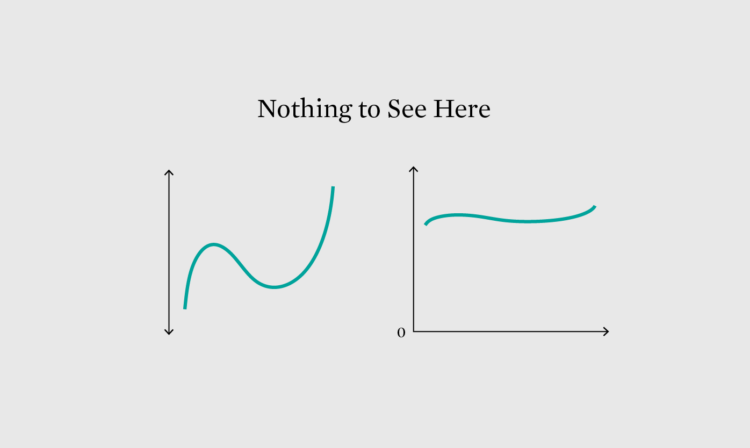
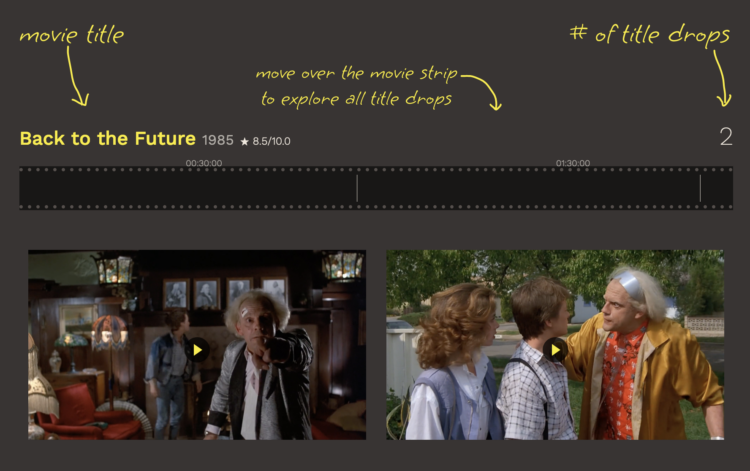

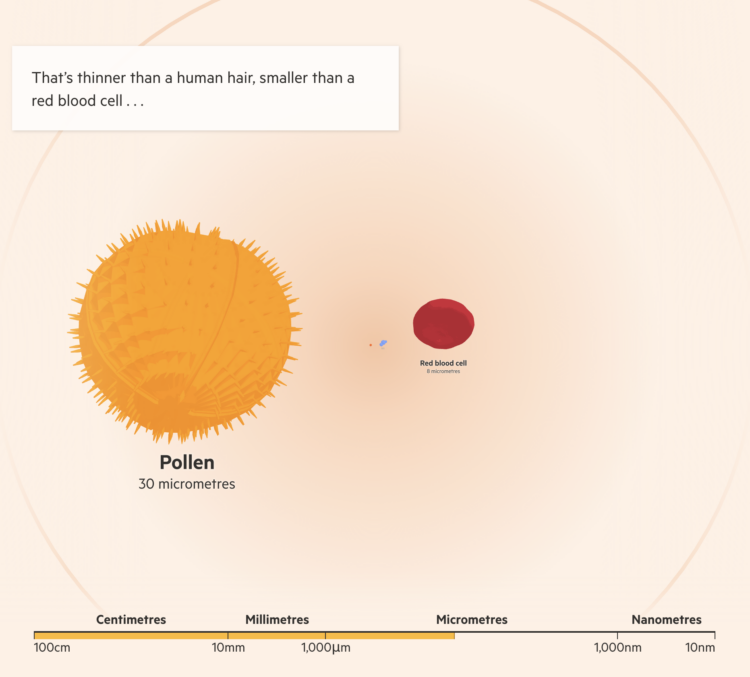
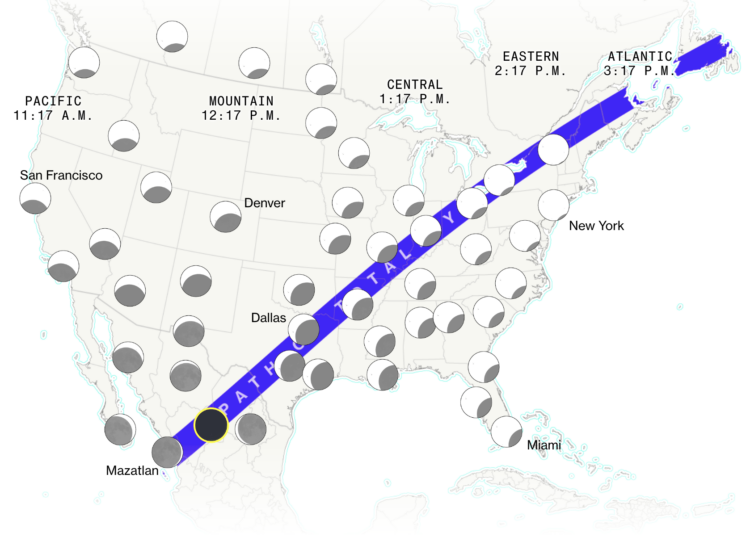
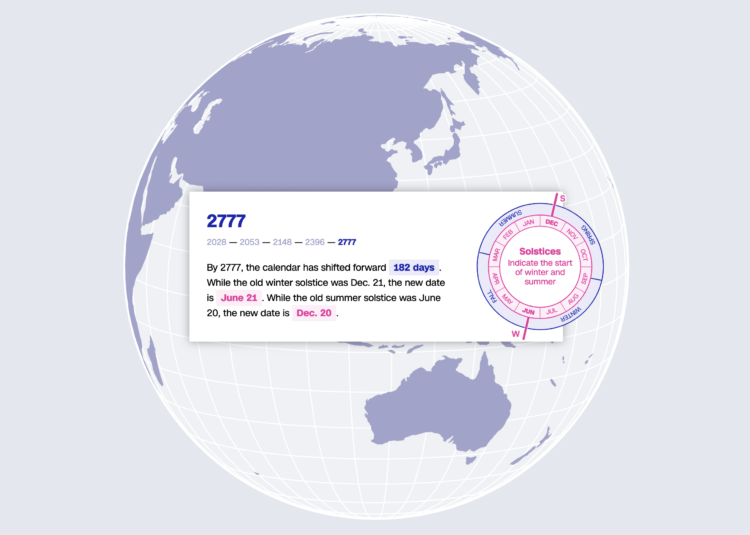


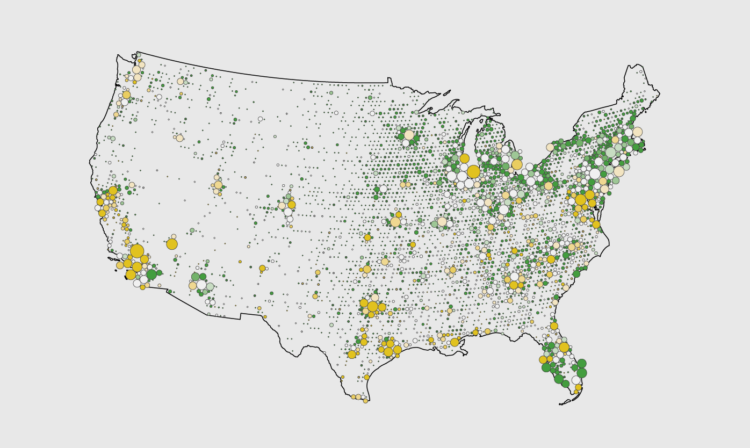

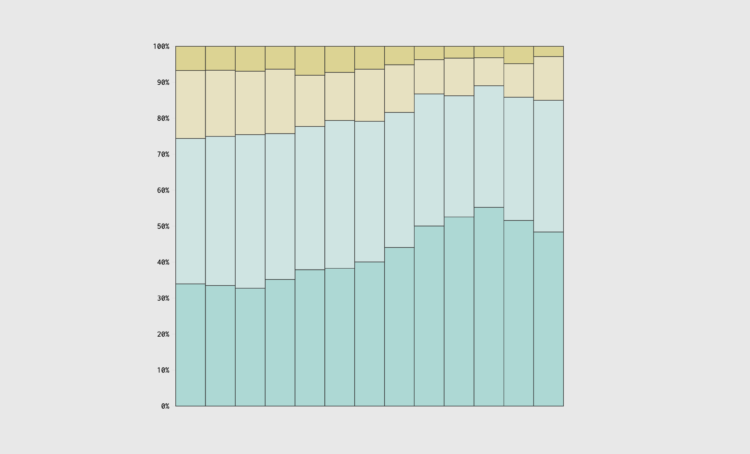


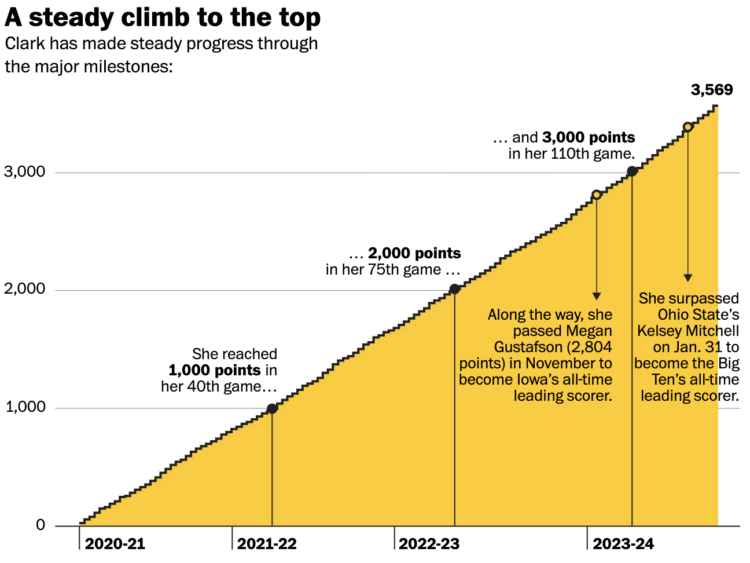
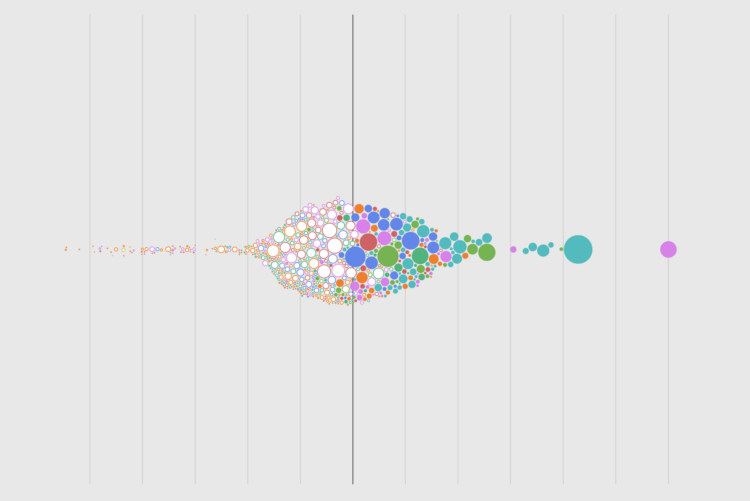
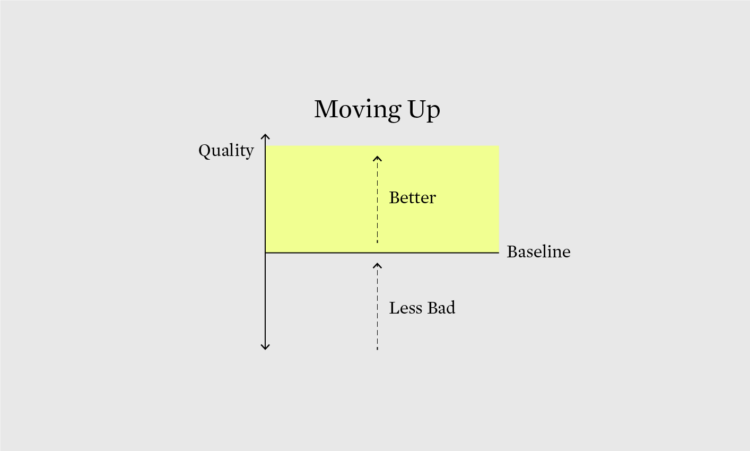
 Visualize This: The FlowingData Guide to Design, Visualization, and Statistics (2nd Edition)
Visualize This: The FlowingData Guide to Design, Visualization, and Statistics (2nd Edition)


